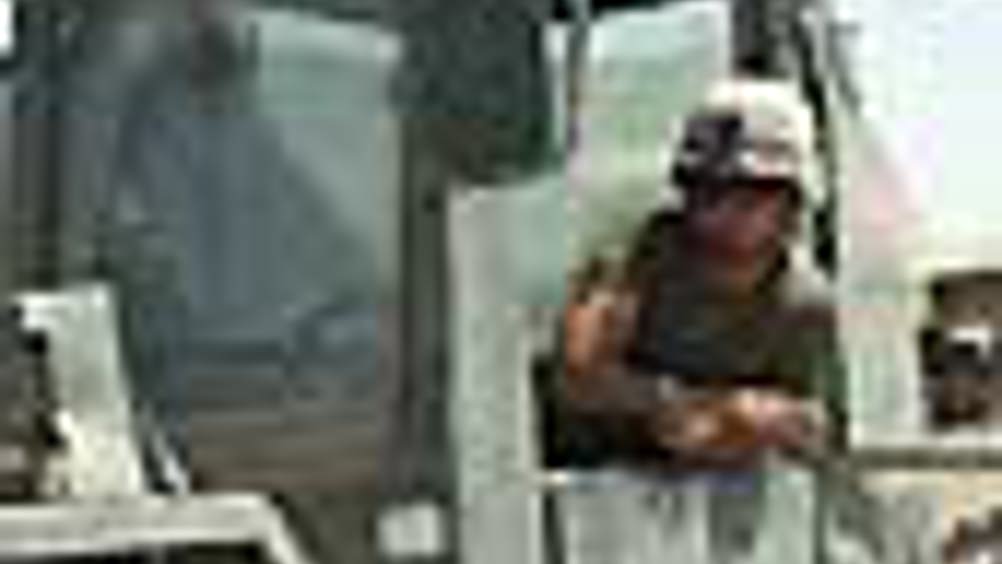Fighting fit
A small UK electronics company is to supply the US Army with miniature bio-sensor technology that monitors soldiers’ health in the battlefield.

A small Cambridge, UK electronics company is claiming a major coup after signing a deal to supply the US Army with miniature bio-sensor technology that monitors soldiers’ health in the battlefield.
The Equivital Life Monitor (ELM) is a chest-mounted system that uses an array of sensors to assess a soldier’s physiological status.
It was developed by electronics design specialist Hidalgo, which adapted its existing bio-monitoring technology to meet parameters set by the US military.
The company’s managing director Justin Pisani claimed the ELM is the first physiological monitoring system that is practical for use by soldiers in the field.
The credit card-sized unit monitors the wearer’s heart rate, skin temperature and a range of other health indicators. A motion sensor classifies the wearer’s rate of movement as stationary, low or high, while a body position sensor decides whether soldiers are upright, laying flat or hanging upside down.
According to Pisani, the challenge was miniaturising the electronics to make the system small and light enough for soldiers to wear. Previous adapted medical monitors have weighed as much as 5kg which proved impractical for battlefield use, he claimed. The ELM weighs 75g.
Register now to continue reading
Thanks for visiting The Engineer. You’ve now reached your monthly limit of news stories. Register for free to unlock unlimited access to all of our news coverage, as well as premium content including opinion, in-depth features and special reports.
Benefits of registering
-
In-depth insights and coverage of key emerging trends
-
Unrestricted access to special reports throughout the year
-
Daily technology news delivered straight to your inbox










Water Sector Talent Exodus Could Cripple The Sector
Maybe if things are essential for the running of a country and we want to pay a fair price we should be running these utilities on a not for profit...